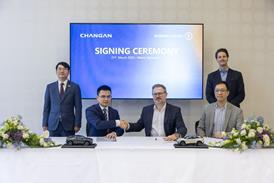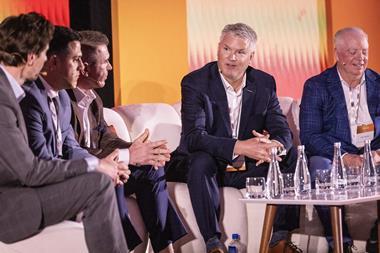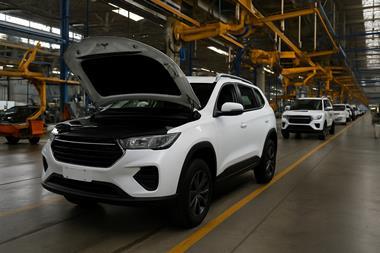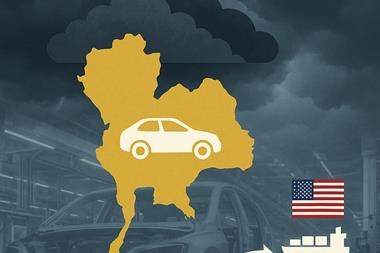Sudam Maitra (pictured) talks to Ramesh Kumar about using third party logistics providers and mapping the tier supply chain
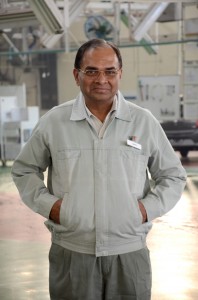 Ramesh Kumar: You’re planning a new manufacturing facility in Gujarat. Will you entice suppliers to set up factory-side facilities?
Ramesh Kumar: You’re planning a new manufacturing facility in Gujarat. Will you entice suppliers to set up factory-side facilities?
Sudam Maitra: It will be a mix-and-match. Today, we have a lot of suppliers from western India already, and they will be in an advantageous position. Of those suppliers from the north who have good quality, service and cost, we will bring them [to Gujarat]. Today, there are several suppliers who are not supplying to us, but they supply others. We will also bring them in to inject new blood into the supplier universe.
Kumar: Material handling is critical for line supply. Is palletisation progress happening too slowly?
Maitra: For this we have a separate department. Every time new product development starts, we design how it is going to come in to the factory: by bins, trolleys, etc. Once approved, suppliers are told how to dispatch to our plant. As part of our greening system, we use returnable bins. There are no carton boxes at all. To save space and cost, we have also gone in for foldable bins. Since 2012, we work with Chep India to ensure all bins coming into our plant are also collapsible.
Kumar: Are you averse to working with 3PLs?
Maitra: No. We have many suppliers from Chennai and we have been asking them to come nearer to us. What they have done is to have a small warehouse in NCR [Delhi] where they do a bit of value addition that is managed by desi [local Indian] 3PLs. Sometimes, time-bound deliveries can be an issue for them. Our experience with global 3PLs has been extremely good. We work with Ceva Logistics, for example. They are good.
We are debating whether we should use 3PL services in our proposed Gujarat plant or not. Involving 3PLs in [our current plants in] Gurgaon or Manesar would mean an increase in cost. When you involve a 3PL, the suppliers’ responsibility gets diluted. It becomes the 3PL’s responsibility and we are not comfortable with that situation yet. We are working on JIT formulas and can’t afford any lapses on that issue. If something is working fine, why break it? However, we have not shut ourselves off from 3PL involvement.
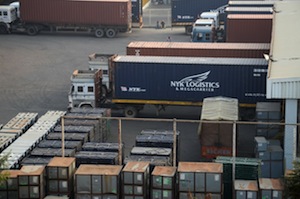
Maitra: One of the challenges is overall risk management of suppliers. The Japan earthquake taught us a lot. One day at that time, I was told that a paint supplier defaulted in sending mica paint. Though this supplier is from India, the tier three supplier of pigment was based out of the Fukushima [Japan] area. We were not even aware of that supplier until this crisis happened. Then, following the Thailand floods, a supplier for Panasonic in Thailand could not meet its obligation. As a consequence, we had to sell our vehicles without Panasonic audio sets for six months.
Kumar: Do you have a strategy for managing supplier risk from a sourcing point of view?
Maitra: It is a big thing for us. In the past one year, we have plotted every single supplier in different areas, including operational capability, financial capacity and the labour situation at plants. On the basis of these inputs, we have come out with a dashboard view of the supply base. At the touch of a button on my desk, I’m able to check a supplier’s vulnerability. We also have an ‘actionable library’. If something goes wrong, we have outlined what steps to take. We have done this exercise all the way to the tier three level’s geographical location.
At the tier one level, we do 100% surveillance because they are very critical for us. We expect tier ones to monitor tier twos since we cannot do everything at our level, although we are always available if there is a quality challenge at the tier two level. Of late, we have created clusters of tier twos and conduct periodic reviews of their operations in a limited manner.
















